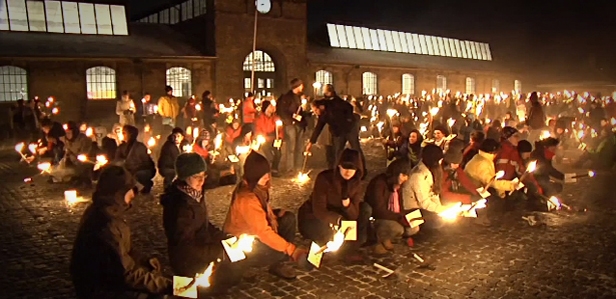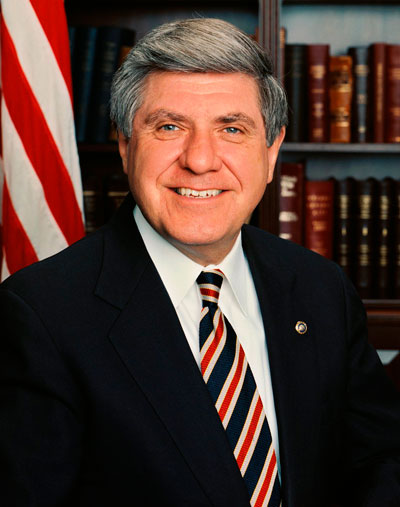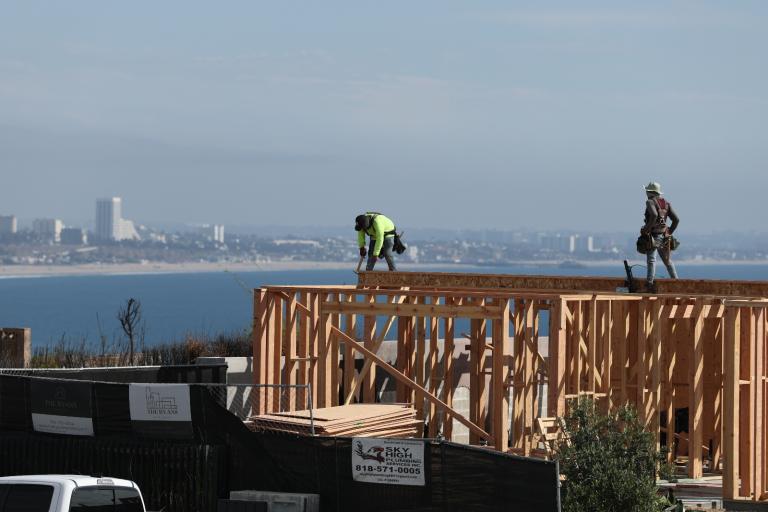 Activists gather in Copenhagen on the final night of last month’s climate talks.Photo courtesy 350.orgOn the final night of the Copenhagen climate talks, several hundred activists assembled across town for a torchlight vigil, protesting against world leaders for settling on an insufficient climate accord and protesting against the U.N. for locking them out in the cold. None of them expected the work toward an effective global climate plan to end in Copenhagen, but that night it became brutally clear how much farther there was still to go.
Activists gather in Copenhagen on the final night of last month’s climate talks.Photo courtesy 350.orgOn the final night of the Copenhagen climate talks, several hundred activists assembled across town for a torchlight vigil, protesting against world leaders for settling on an insufficient climate accord and protesting against the U.N. for locking them out in the cold. None of them expected the work toward an effective global climate plan to end in Copenhagen, but that night it became brutally clear how much farther there was still to go.
In the month since then, I’ve been trying to find out how the outcome at Copenhagen changed the U.S. climate movement. Whether advocates thought it was a complete failure or just a disappointingly small step, surely it marked a turning point. So what are the big goals now? How will strategy be different from here on out? What are the next moves? I put these questions to leaders of both established green groups and youthful grassroots organizations. Alas, they largely seem stuck in time at the vigil–resolute, passionate, but removed from the seats of power and not at all sure what to do next. Six leaders I reached all offered thoughts on what must happen next, but they were the same sorts of plans they were offering last fall. It’s not yet clear what the movement has learned from Copenhagen.
From big environmental groups, the consistent message was “bring the fight back to Congress,” which is where the main focus was for all of 2009. Getting Congress to establish a cap on carbon emissions and a impose a price for emitting them would unleash a wave of action from other major countries and a flood of clean-energy innovation from businesses, said David Doniger, climate policy director at the Natural Resources Defense Council.
“If that happens, we get on a virtuous cycle where actions and promises by one country lead to and make possible actions and promises by another country,” he said. That hope was echoed by Michael Brune, the Sierra Club’s incoming executive director, and Steve Cochran, Environmental Defense Fund’s national climate campaign director.
Any bill that could pass through Congress would very likely be weakened by concessions to the coal industry and other powerful interests, as was the Waxman-Markey bill that passed the House last summer. But getting started, even with an imperfect plan, is the important thing, the three said.
“We’ve got to push the legislative process to produce as much as it possibly can, knowing that it’s not going to be as much as we need,” Cochran said.
“No serious environmental problem, no serious social problem was ever fully solved in one go,” said Doniger. “In order to be effective you have to stick with it. You have to be willing to live with disappointment, and come back at it, rather than getting discouraged.”
The grassroots groups are still focused on galvanizing the public, which they see as a prerequisite to meaningful action in Congress.
Jessy Tolkan, who worked as executive director of the Energy Action Coalition until she assumed a new post this month as political director at Green for All, said the movement should focus on diversifying its ranks–a perennial goal of environmentalists—but also on making sure leaders notice that diversity.
“We absolutely have to ensure that every member of the United States Senate, whether they’re Republican or Democrat, is hearing from people across the spectrum—from veterans, business owners, and young people, from low-income folks, middle-income folks, and wealthy folks—that this is a top-tier priority,” she said.
350.org cofounder Bill McKibben made a similar point: the focus on Congress is premature. “One of the reasons why it’s so hard in Congress is because they don’t feel any particular pressure,” he said. “There are lots and lots and lots of groups lobbying Congress. But Congress members are good at telling whether there’s anything behind that lobbying or not. I think we have to figure out how to put some pressure behind that lobbying. And the easiest way to do that is movement building.”
“Movement building” has always been 350.org’s goal—and something it’s been remarkably successful at in its two-year history. It organized last October’s International Day of Climate Action, which CNN called “the most widespread day of action in the planet’s history” (a line McKibben is fond of repeating).
But even that unprecedented surge of on-the-ground activism didn’t seem to penetrate many world leaders’ minds. In a post-Copenhagen reflection in Mother Jones, McKibben wrote, “The failure might be defined this way: The world came together and looked climate change fairly straight in the eye, and then its most powerful nations blinked.”
So what’s the new plan?
“I don’t know,” he said. “We threw up a Hail Mary pass and nobody caught it.”
“I don’t know” was probably the most candid response I heard, and perhaps the most wise. Taking time to reflect may be more productive than falling back into the same old habits or rushing ahead without a plan. Next month, 350.org’s core team will gather in Vermont for a strategic retreat. The grassroots group Avaaz is doing the same, according to Executive Director Ricken Patel. Avoiding burnout after the intensity of Copenhagen may be the first imperative.
Is there another way?
Meanwhile, outsider green thinkers continue to push their own ideas for refocusing and invigorating the climate movement.
The Breakthrough Institute’s Michael Shellenberger, who coauthored the controversial essay “The Death of Environmentalism” in 2004, argues that activists should stop focusing on a carbon cap and instead push for more R&D funding for cleaner energy technologies, which the public is much more inclined to support.
The main barriers to a low-carbon future, he contends, are “a set of very specific technological problems that we just have to solve”: more efficient solar panels, better batteries, non-destructive biofuels, and smaller, cheaper nuclear power plants.
“We’ve spent 20 years under the fantasy that we can increase the price of coal and other fossil fuels enough to make clean energy cost-competitive,” he said. “We’ve wasted 20 years when we could have been taking measures to solve the technological problems we’ve known about for a long time.”
Alex Steffen, editor of Worldchanging and an evangelist for what he calls bright green urbanism, offers a different diagnosis. “The COP [Conference of the Parties, or U.N. treaty] process is at best stalled for a few years,” he said. “Given what’s just happened with the U.S. Senate, and the Supreme Court basically allowing open bribery, I see zero chance of a meaningful climate bill coming from the Senate. I think there will be something, but it will be at a level of watered-down-ness that it just won’t matter.”
While he’s pessimistic about the national and international efforts, Steffen sees great hope and potential on the local level. He points to a growing number of people who are clued-in on sustainability but who don’t consider themselves activists or environmentalists–people working and volunteering in architecture, design, planning, community development, housing, building, local energy, local food, and alternative transportation.
Such citizens are “reconverging on the city as the appropriate battleground for action,” Steffen said. “I think we’re going to see cities emerge as the fulcrum point for change. If we can change cities profoundly, we may have a shot at tackling climate change.”
He continued, “Neither of the two main paths that the environmental movement has been going down” — pushing for national and international carbon caps — “are going to lead to results that we need. I think that ought to have every person who cares about climate action completely rethinking their entire strategy. But I don’t hear a lot of evidence that the professional end of the movement is in fact rethinking its entire strategy.”




